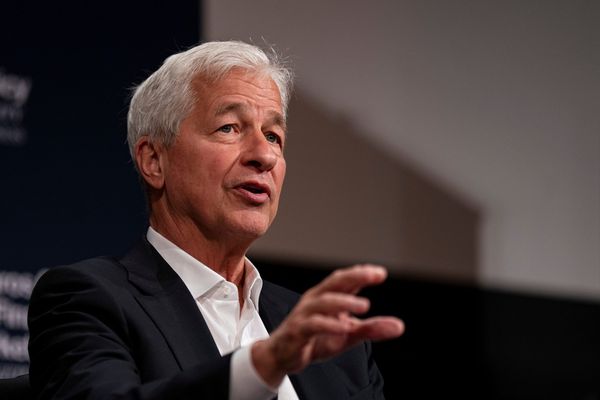First, a farmer needs a pig or a cow.
Second, he or she needs a butcher.
That is, if you can find one.
A new report, funded by the University of Minnesota, Minnesota Farmers Union and the Minnesota Department of Agriculture, explores the so-called meat "bottleneck" from the perspective of nearly 60 of the state's butchers — an increasingly rare fixture of Minnesota's Main Streets.
A number of local and national efforts are aimed at increasing the number of trained butchers, including new community college training programs and USDA grants for independent processing facilities.
But the report published this week proposes a new solution: one-year, paid apprenticeships.
"It is a very skilled position," Maya Benedict, a University of Minnesota graduate student, former St. Paul butcher shop manager and one of the report's five authors, said last week. "You have to wear a lot of different hats."
Benedict added: "And you have to be really good at breaking down a cow."
During the pandemic, Americans became acutely aware of a meat shortage in grocery stores and big-box retailers, with some turning to local farmers and butcher shops for their animal proteins.
But like the backlog of orders coming in the door, some meat lockers are having to put producers on a year-long waitlist just to get their hogs, cattle and chickens slaughtered.
"They've [farmers] got to wait too long to get in here," said Verlyn Ruiter, a butcher at V&M Locker in downtown Leota in southwestern Minnesota. "Everyone is so busy. And the reason for that is a lot of places have closed."
Ruiter, who founded his business in 1983 and sold the company to his son and daughter-in-law in 2019, empathizes with frustrated farmers.
"There are just fewer places within 100 miles of here than there used to be," Ruiter said.
To relieve the stress on the remaining butchers, the report — produced with the University of Minnesota Extension Regional Sustainable Development Partnership— ultimately recommends a series of innovations.
One such suggestion: A new position at the Minnesota Department of Agriculture that would forge stronger relationships between butchers and farmers with the goal of opening pathways for immigrant and Latino butchers — especially in southern Minnesota — who may have previously worked for a larger packing facility.
The report notes "unique barriers" for Latino processors, including language and immigration status.
Paul Sobocinski, a hog and cattle livestock farmer from Redwood County, helped lead the drafting of the report and conducted as many as 20 interviews with butchers across Minnesota. Previously, he noted, nationwide efforts to fight concentration in the meatpacking industry have been stymied.
"Whenever we get it so far federally," said Sobocinski, "the big boys shut us down."
The bottleneck report focuses on smaller growers and butchers. Benedict said most of the meat lockers interviewed had fewer than 50 employees, with many counting fewer than 20 employees.
The report paints a picture of small producers facing extraordinary challenges.
A chicken farmer in the Driftless Area of southeastern Minnesota, for example, now travels into Illinois to process birds after a local facility closed. One meat locker operator, short on labor, could slaughter 12 steer but process only four carcasses.
The report showed less enthusiasm among butchers for existing solutions such as a USDA-approved mobile slaughter unit. What they did find appealing was a proposed apprenticeship.
"How do we get training programs going?" said Sobocinski, who observed that as many as a dozen of the processors he spoke with attended the now-defunct meat-processor program in Pipestone.
The report also found that one-third of the state's small and mid-sized processors are unprepared to transition the business to the next generation.
For Ruiter, there's solace seeing his business run by his son, who gives him a day off now and again. Ruiter worked with his mother till she was 84, when he urged her (against her wishes) to retire. And he knows such family succession plans are rare. He just hopes the next generation of whole-animal cutters is out there somewhere.
"First of all, you got to like meat," said Ruiter, contemplating an ideal applicant. "You've got to like to eat steak or brats."
The second requirement, beyond running a saw or experimenting with sausage spices or smoking temperatures?
A desire to learn.
"If you want to learn this," said Ruiter, "you can learn it."







